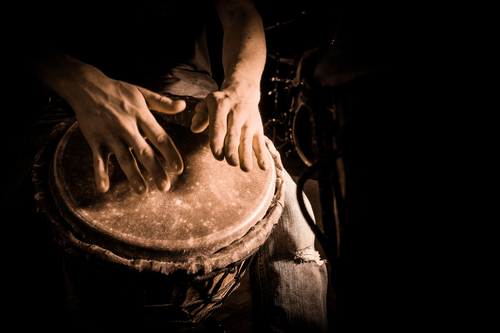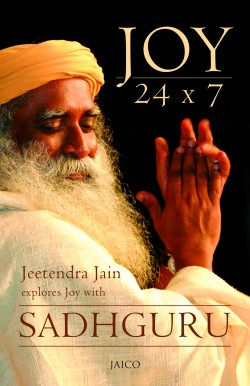Sports broadcasters often state that a baseball pitcher, football quarterback, golfer, etc., is out of rhythm when they are not performing as well as is usual. Conversely, they might announce when a sports player is doing well that he/she is in the rhythm of his/her game. People who feel out of sorts or in a slump often say that they have lost their rhythm.
All of nature has its own rhythms and cycles. The rising and setting of the sun, the seasons, coyotes howling at night, birds migrating, crickets singing in unison, bees preparing for the winter season… the list is as endless as it is beautiful in its design and magnificence.
Cultures, too, have their own rhythms. Historically, most groups of people have lived in harmony with the natural rhythms and cycles and have traditionally had periodic celebrations and festivals, often outdoors. However, many of these traditions that had helped us be in tune with nature’s rhythms are now lost to our modern technologically oriented lifestyle that is centered on consumerism and success. Sadhguru helps us get back on a more natural and rhythmic path.
Sadhguru: “You know what rhythm is, in some way. Rhythm can happen to you in so many ways. Actually, if you listen carefully, there is a rhythm to just about everything in the existence. Even in terms of auditory perception, not on a deeper level, if you listen carefully there is a rhythm to it. The insects are buzzing around – there is a rhythm to it. They are jamming! Even if you listen carefully to highway noise, there is a rhythm. Whatever sound is emanating from anything has a certain rhythm to it. If there is a rhythm to every sound that you hear, obviously there is a rhythm in the reverberation that causes the sound. If there is a rhythm to the reverberation, there is a rhythm to the substance that causes the reverberation, and if there is a rhythm to the substance, there is a rhythm to that which is the source of that substance. The question is, what rhythm are you on.
You can see this with music. When we were growing up, our home was steeped in Carnatic music. It was so much a part of the very air that we breathed. My father also appreciated Carnatic music in a big way, but we were growing up on Rolling Stones, which he could not stand! He would be sitting with the newspaper or reading a book or something, and we would turn on the western music slowly. He would be too absorbed in the day’s news and we would turn up the volume gradually. We knew he disliked this music but his foot would unknowingly start tapping. Then we would catch him and say, “Look at your foot, you like it! You like it!” The nature of that rhythm is such that the body moves. There are other types of music where your body will become still.
Particularly dhrupad music is of that nature. Generally, dhrupad has no words, they will go off endlessly with just one aa. They can do aaaa for six hours – just one sound! If you keep listening, you can simply sit still because the music is designed to make you still.
Rhythm can be of many different levels. If it is the rhythm of the body, it is one way. If you touch that of the mind, it will be in a certain way. If you touch that of the inner energies it will be a different way. If the rhythm touches the deepest core, if you find the rhythm of a certain dimension of existence, one becomes naturally meditative. In a way, that is what you are trying to do with all the kriyas and meditations. It is just an effort to get into that rhythm – a rhythm of stillness, which is the ultimate rhythm. If it is still, where is the rhythm? That is the rhythm that is anaadhi (beginning-less). Every sound has a beginning and an end. But the sound that emanates from the stillness has no beginning and no end.”





